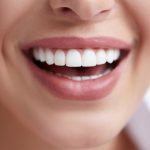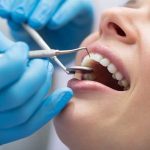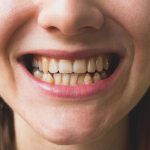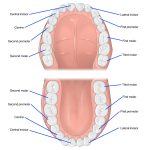Keeping Your Teeth Straight After Losing Your Retainer: Tips and Tricks
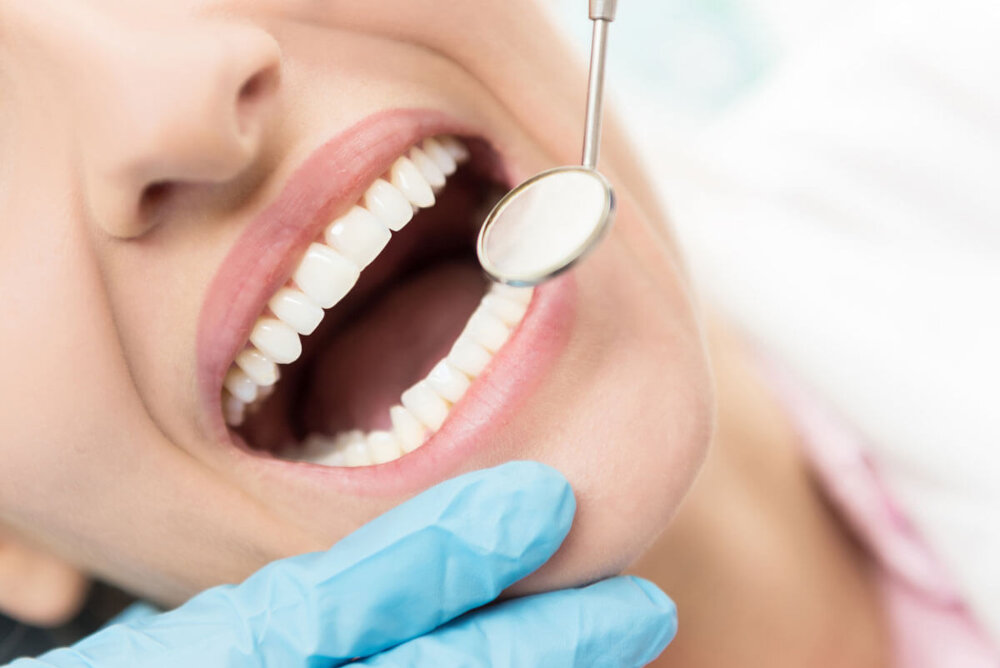
A straight and healthy smile is something that everyone desires, but it takes a lot of effort to achieve it. Many people opt for braces or clear aligners to correct their teeth alignment, but the real challenge is to maintain the results after the treatment is completed. Losing a retainer, which is a crucial component of orthodontic treatment, can lead to the relapse of teeth. It can undo all the hard work that you have put in to get your teeth straightened. However, there are several tips and tricks that can help you keep your teeth straight even after losing your retainer. Retainers are designed to retain the teeth in their new position after the orthodontic treatment. It is crucial to wear them regularly to prevent any relapse. However, losing them is a common problem that many people face. If you have lost your retainer, you might be worried about your teeth relapsing. But there’s no need to panic. With a few simple steps, you can maintain your teeth’s alignment and keep them straight. In this article, we will explore some tips and tricks that will help you keep your teeth straight after losing your retainer.
After undergoing orthodontic treatment to straighten teeth, it is essential to wear a retainer regularly to maintain the alignment achieved. Without a retainer, teeth tend to shift back to their original position, undoing the progress made through braces or clear aligners. Retainers help keep teeth in place by holding them in their new position until they become stable. The length of time needed to wear a retainer varies depending on the individual and the initial severity of their alignment issues. Failing to wear a retainer as prescribed by a dental professional can lead to the need for further orthodontic treatment, including the possibility of needing braces again. Wearing a retainer is a crucial component of maintaining a beautiful, healthy smile.
Losing a retainer is a common issue faced by many people who wear braces or have undergone orthodontic treatment. Retainers are an essential part of the teeth straightening process, and losing them can have significant consequences. The most immediate consequence of losing a retainer is the teeth shifting back to their original position, which can undo months or even years of orthodontic treatment. This can result in the need for additional orthodontic treatment and can be a significant financial burden. Moreover, not wearing a retainer as prescribed can lead to discomfort, pain, and other dental issues such as tooth decay and gum disease. Therefore, it is crucial to take steps to prevent the loss of a retainer and to replace it as soon as possible if lost.
Replace Your Retainer
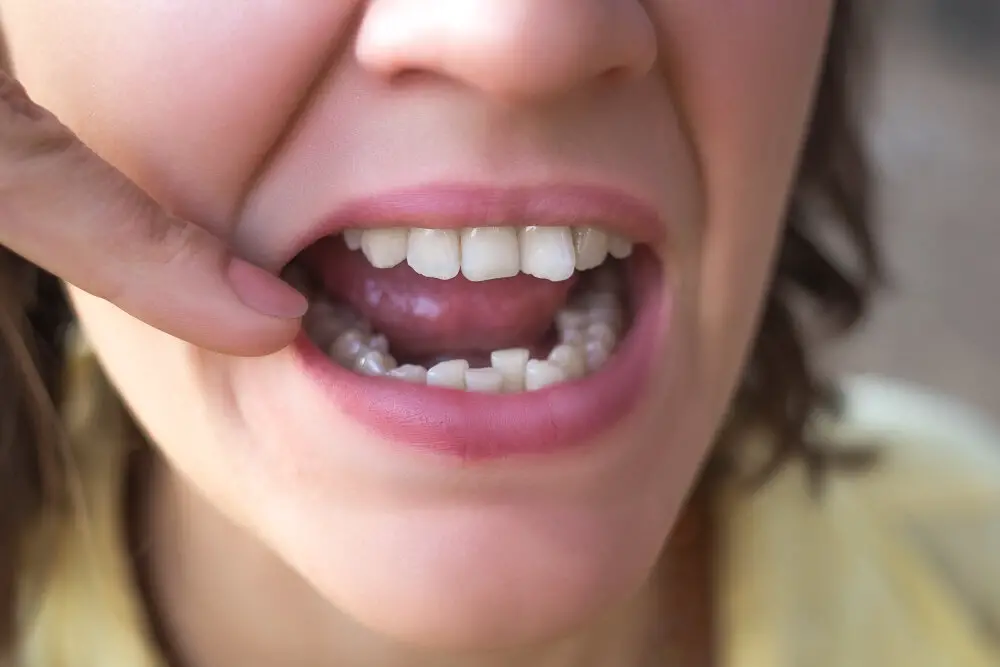
A retainer is a crucial tool for maintaining the alignment of your teeth after orthodontic treatment. Losing or damaging your retainer can cause your teeth to shift, which can be frustrating and costly to correct. It’s important to replace your retainer as soon as possible to prevent any further damage to your teeth. You can visit your orthodontist to get fitted for a new retainer, or you can order one online. Keep in mind that a retainer is an investment in the health and appearance of your teeth, so it’s worth the time and money to replace it. In addition to replacing your retainer, there are a few things you can do to keep your teeth straight. One of the most important things is to wear your retainer as directed by your orthodontist. This will prevent your teeth from shifting and help maintain their alignment. You should also practice good oral hygiene by brushing and flossing regularly to prevent tooth decay and gum disease. Eating a healthy diet that is rich in vitamins and minerals can also help keep your teeth healthy and strong. Finally, try to avoid habits that can damage your teeth, such as chewing ice or biting your nails. By taking these steps, you can keep your teeth straight and healthy for years to come.
Replacing a lost retainer as soon as possible is crucial to maintaining the alignment of your teeth. The purpose of a retainer is to hold your teeth in their current position, and without it, your teeth can begin to shift back to their original position. This can not only affect the appearance of your smile but also cause discomfort and potential dental health problems. The longer you wait to replace a lost retainer, the more likely it is that your teeth will shift, making it more difficult and costly to correct. Investing in a replacement retainer may seem like a hassle, but it is a small price to pay for the long-term benefits of maintaining your beautiful smile.
When you lose your retainer, it’s important to act fast to prevent your teeth from shifting. One of the best options is to contact your orthodontist as soon as possible. They can provide advice on where to find a replacement retainer, and may even have a spare on hand. You can also try contacting the manufacturer of your original retainer to see if they offer replacement services. Additionally, you can check with local dental supply stores and online retailers to find a retainer that fits your needs. Whatever you do, don’t wait too long to replace your retainer, as the longer you go without one, the more likely your teeth are to shift out of place.
Maintain Good Oral Hygiene
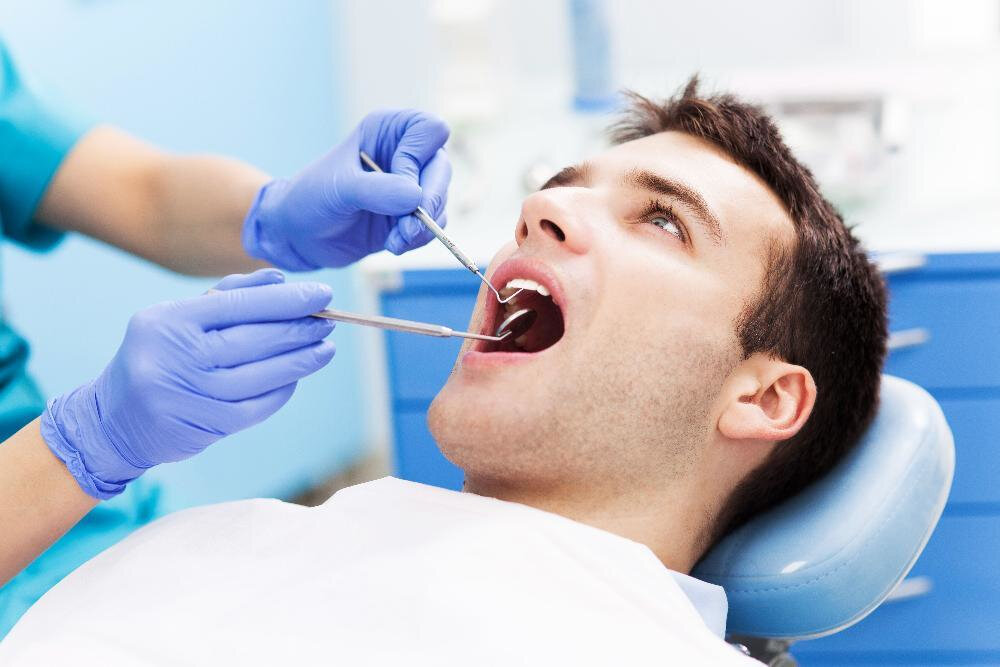
Maintaining good oral hygiene is crucial to ensure the longevity and health of your teeth. Brushing your teeth twice a day with a fluoride toothpaste and flossing daily helps remove plaque and food particles that can cause cavities and gum disease. It is also essential to visit your dentist regularly for professional cleanings and check-ups. Your dentist can identify any potential issues and provide preventative care to keep your teeth and gums healthy. In addition, incorporating a mouthwash into your oral hygiene routine can help kill bacteria and freshen your breath. Another crucial aspect of maintaining good oral hygiene is watching what you eat and drink. Sugary and acidic foods and drinks can erode your tooth enamel, leading to cavities and sensitivity. Limit your consumption of sugary and acidic foods and opt for healthier options like fruits, vegetables, and water. Chewing sugar-free gum after meals can also help stimulate saliva production, which can neutralize acid and prevent decay. By following these tips and maintaining good oral hygiene, you can keep your teeth healthy and strong, even after losing your retainer.
Maintaining good oral hygiene is crucial in keeping your teeth straight after losing your retainer. Straight teeth are not only aesthetically pleasing, but they also play a significant role in maintaining overall oral health. Poor oral hygiene can lead to gum disease and tooth decay, which can cause the teeth to shift and move out of place. Brushing and flossing your teeth regularly, as well as visiting your dentist for regular check-ups, can help prevent these issues and keep your teeth in their desired position. Additionally, avoiding sugary and acidic foods and drinks can also help maintain the health and strength of your teeth, reducing the risk of shifting and movement. By prioritizing oral hygiene, you can help ensure that your teeth stay straight and healthy for years to come.
In order to maintain healthy and straight teeth, it is important to establish a daily routine that includes brushing and flossing regularly. Brushing twice a day for at least two minutes with fluoride toothpaste helps to remove plaque and prevent tooth decay. Flossing once a day removes food particles and plaque from between teeth and along the gum line. Additionally, avoiding sugary and acidic foods and drinks can help prevent cavities and tooth erosion. Visiting the dentist for regular check-ups and cleanings is also crucial for maintaining oral health and catching any issues early on. By establishing these healthy habits, you can help keep your teeth straight and healthy for years to come.
Be Mindful of Eating Habits
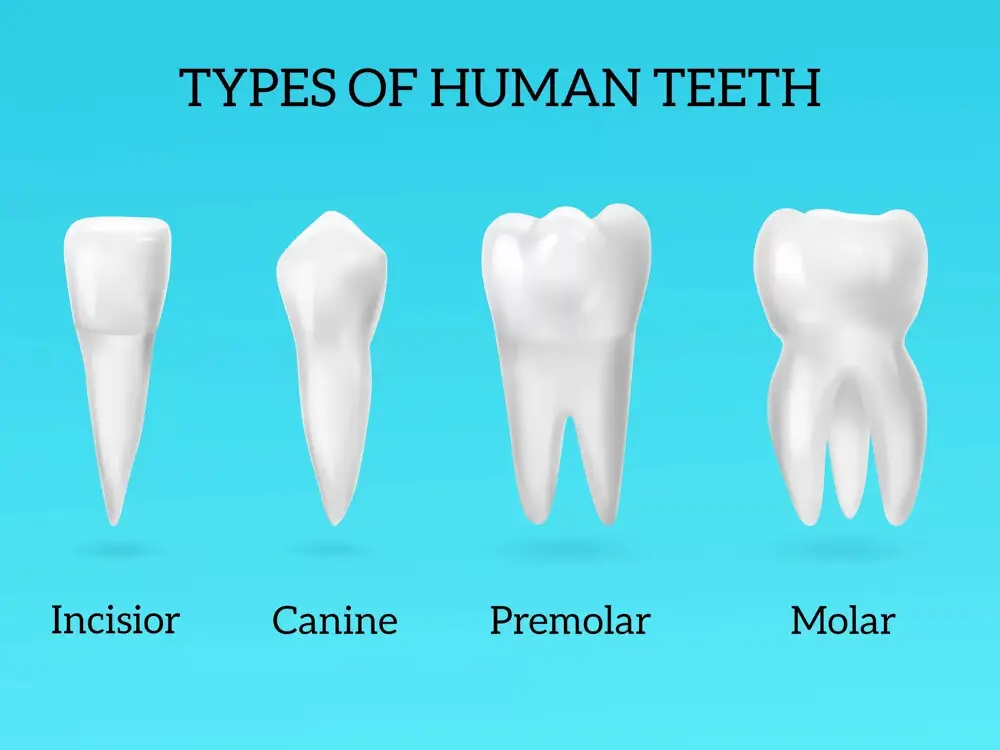
Maintaining proper eating habits is crucial to keep your teeth straight after losing your retainer. Eating healthy and avoiding sticky or hard foods can prevent damage to your teeth and braces. It’s crucial to avoid foods that are too hard or chewy, such as nuts, popcorn, candy, and chewing gum. These foods can cause your braces to break or bend, leading to discomfort and prolonging the orthodontic treatment process. Instead, opt for soft foods that are easy to chew, such as cooked vegetables, pasta, and soups. It’s also important to avoid sugary drinks and snacks, as they can lead to tooth decay and other dental issues. Instead, choose water, milk, or unsweetened beverages to keep your teeth healthy and strong. Additionally, being mindful of your eating habits can also help prevent other dental issues, such as gum disease and bad breath. Chewing your food thoroughly and avoiding eating too quickly can help prevent food particles from getting stuck in your teeth and braces. Brushing and flossing regularly, along with visiting your dentist for regular checkups, can also help keep your teeth and gums healthy. By being mindful of what you eat and how you eat it, you can not only keep your teeth straight after losing your retainer but also maintain good oral health for years to come.
Eating habits play a crucial role in maintaining teeth alignment. Foods that are hard, sticky, or chewy can damage the braces or wires, causing them to loosen or break. Additionally, habits such as nail-biting, pen-chewing, and biting on ice can damage the teeth and braces, leading to misalignment. On the other hand, a diet rich in calcium and vitamin D can strengthen the teeth and gums, ensuring that they remain healthy and strong during the orthodontic treatment. Moreover, avoiding sugary and acidic foods can prevent decay and erosion, which can also cause misalignment. Therefore, it is essential to follow a nutritious and balanced diet and avoid harmful habits to maintain good oral health and straight teeth.
When it comes to maintaining good oral health while wearing braces, it’s important to choose tooth-friendly foods that won’t cause damage to your teeth or braces. Some good options include soft fruits like bananas and berries, as well as vegetables like cooked carrots and steamed broccoli. Lean proteins such as chicken and fish, as well as dairy products like yogurt and cheese, can also be great choices. Avoid hard or sticky foods like popcorn, nuts, and caramel, as well as sugary drinks like soda and sports drinks, which can increase the risk of tooth decay. By making smart food choices and practicing good oral hygiene habits, you can help keep your teeth healthy and strong while wearing braces.
Practice Good Dental Habits
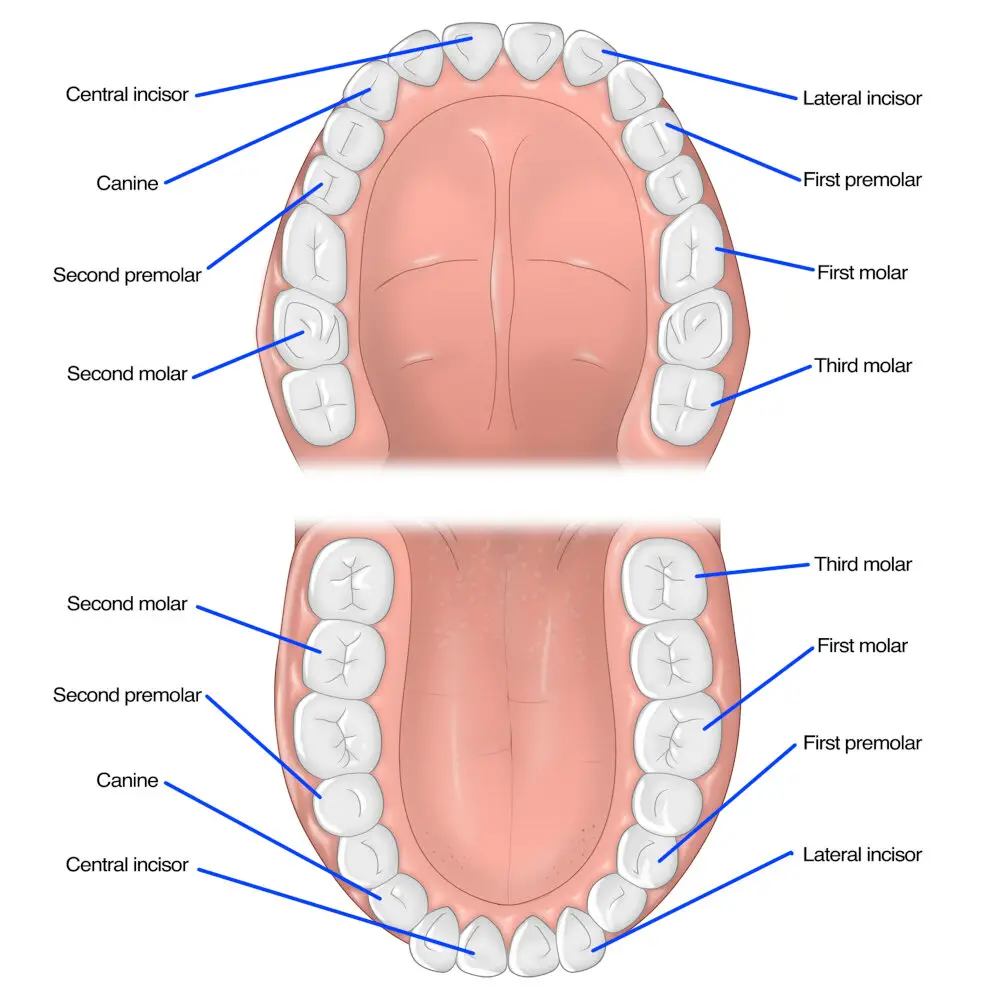
Maintaining good dental habits is essential for maintaining healthy teeth and gums. Brushing at least twice a day, flossing daily, and using mouthwash can help prevent cavities, gum disease, and bad breath. It is also important to visit your dentist regularly for checkups and cleanings. By practicing good dental habits, you can keep your teeth and gums healthy and prevent the need for costly dental procedures in the future. In addition to maintaining good dental habits, it is also important to take care of your retainer. Retainers are essential for keeping your teeth straight after orthodontic treatment. To keep your retainer clean, brush it with a soft-bristled toothbrush and rinse it with warm water. Avoid using hot water or harsh chemicals, as this can damage the retainer. It is also important to store your retainer in a protective case when not in use, as this can prevent damage or loss. By practicing good dental habits and taking care of your retainer, you can keep your teeth straight and healthy for years to come.
In addition to wearing a mouthguard during sports activities, there are several other tips to help keep your teeth straight after losing your retainer. First, avoid chewing gum or eating sticky, hard foods that can shift your teeth out of alignment. Additionally, practicing good oral hygiene by brushing and flossing regularly can help prevent any build-up that could lead to teeth shifting. Another helpful tip is to maintain regular visits with your orthodontist to monitor any changes in your teeth and address any issues before they become major problems. Lastly, consider investing in a teeth-straightening option like clear aligners, which can help gradually shift your teeth back into place without the need for a bulky retainer.
Maintaining straight teeth is essential not only for aesthetic purposes but also for overall oral health. Straight teeth reduce the risk of gum disease, tooth decay, and jaw problems. Losing a retainer can have serious consequences, as it can cause teeth to shift and undo all the progress made with braces or aligners. This can lead to discomfort, difficulty chewing, and even speech problems. Moreover, the longer one goes without a retainer, the harder it is to correct the alignment of the teeth. Therefore, it is crucial to take steps to prevent the loss of a retainer and to seek prompt replacement if one is lost.
To prevent further dental issues, it is crucial to maintain good oral hygiene practices. Brushing twice a day with fluoride toothpaste, flossing daily, and using mouthwash can help reduce the buildup of plaque and bacteria in the mouth. It is also important to avoid consuming sugary and acidic foods and drinks, as they can erode tooth enamel and cause decay. Regular dental check-ups and cleanings are crucial to catch any potential issues early on and prevent them from becoming more severe. Additionally, wearing a retainer as prescribed by a dental professional can help maintain the alignment of teeth and prevent further shifting. By adopting these habits, one can ensure their teeth remain healthy and strong for years to come.
Conclusion
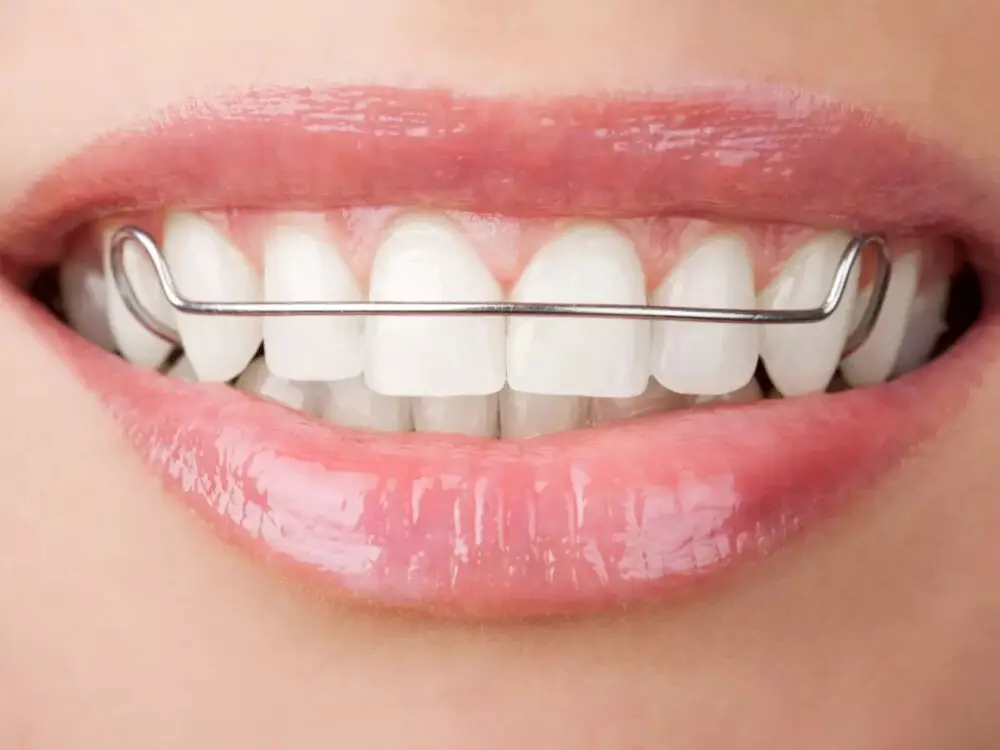
In conclusion, losing your retainer can be a frustrating and stressful experience, especially after spending time and money on orthodontic treatment. However, with the right tips and tricks, you can maintain the straightness of your teeth even without a retainer. Consistency is key, and you should make an effort to continue good oral hygiene habits, avoid bad habits like nail-biting and chewing on pens, and monitor your teeth regularly. Additionally, if you do need to replace your retainer, it is important to do so promptly to prevent any further shifting. Remember, the beauty of a straight smile is well worth the effort to maintain it.
